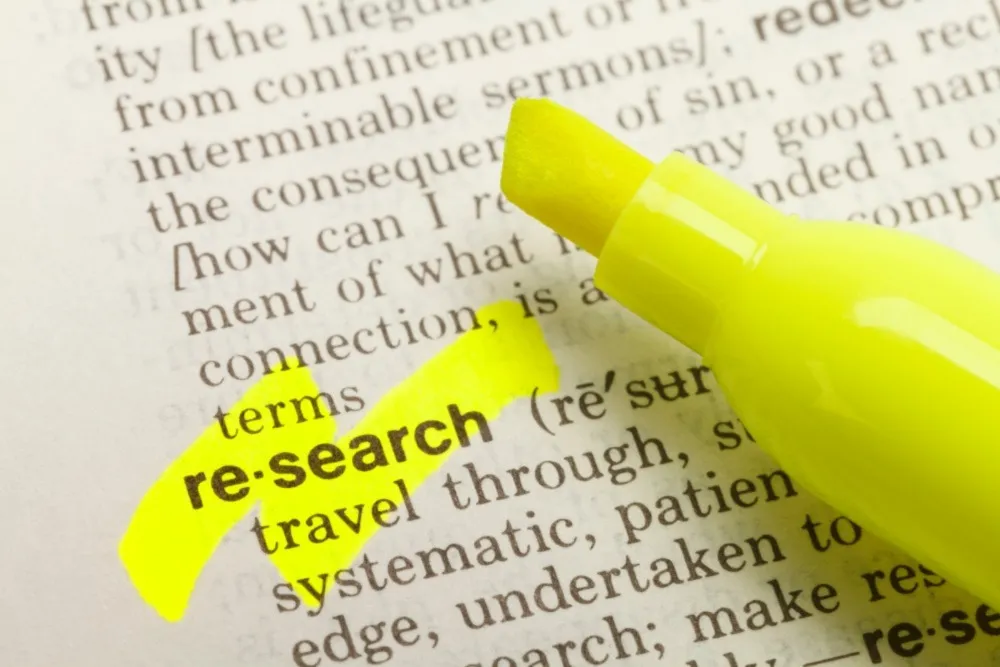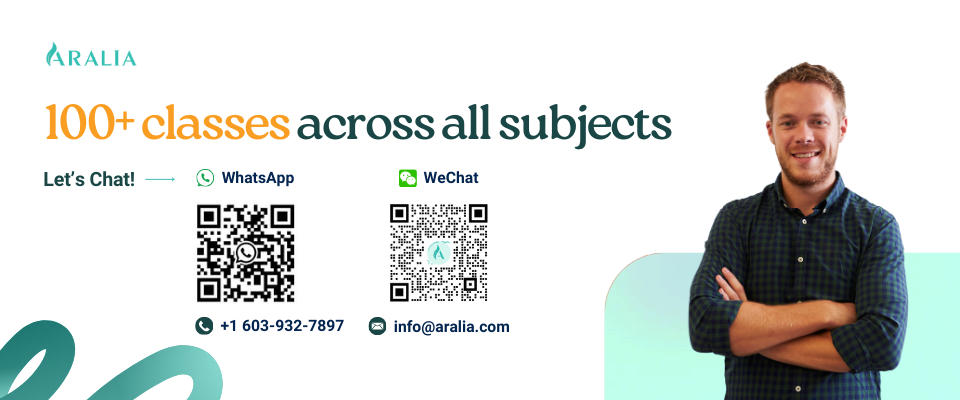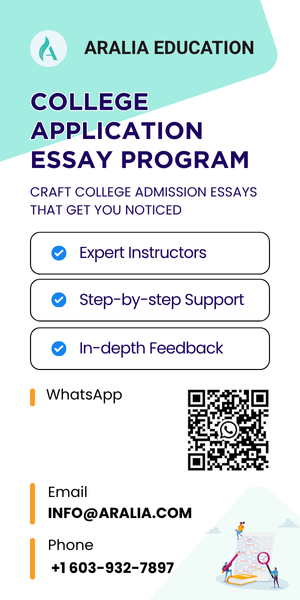1. Why you should understand and read scientific research
As a high school student, understanding and reading scientific research can provide a number of benefits, including:
- Developing critical thinking skills: Reading scientific papers can help develop your critical thinking skills by challenging you to analyze and evaluate complex information. Scientific papers often present complex data and arguments that require careful evaluation and interpretation. By reading scientific papers, you can learn to identify strengths and weaknesses in arguments, evaluate evidence, and make well-reasoned judgments.
- Building research skills: Reading scientific papers can help build your research skills by exposing you to different research methodologies and techniques. You can learn how to identify research questions, design experiments, analyze data, and draw conclusions. Furthermore, reading scientific papers can help you learn how to evaluate sources and synthesize information. This is an important skill that is useful not only in science but also in other fields.
- Preparing for college and beyond: Reading scientific papers can prepare you for the types of reading and analysis required in college-level courses. College courses often require students to read and analyze scientific research papers, and familiarity with the format and content of scientific papers can be advantageous. Moreover, reading scientific papers can be beneficial for future careers in science or related fields, such as medicine or engineering.
- Keeping up-to-date on scientific developments: Reading scientific papers can help you stay informed about discoveries and developments in scientific research. Scientific papers are a primary source of new scientific knowledge, and reading them can help you stay current with the latest developments in your field of interest. Additionally, keeping up with scientific research can broaden your knowledge and understanding of the world around you.
2. Types of scientific papers
There are various types of scientific research papers, each with its own unique style of writing that can help students develop different reading approaches. Primary articles, for instance, provide original research data and conclusions from the study’s researchers. Reading this type of paper enables students to grasp how research is completed while simultaneously providing a way to challenge or verify its authenticity and then apply what they learn to their own work.
Secondary research documents, including review articles and systematic reviews, provide students with helpful information to better understand the primary source material. They offer an overview of relevant topics within the field and present different views from experts in the industry—a great way to develop a well-rounded perspective on any given topic. That said, readers need not take what is written as gospel; they should assess all perspectives critically rather than prematurely forming conclusions.
Special articles are letters to editors, commentaries, and correspondences–overall editorial papers. These articles are all short communications written on topics of interest to readers. Some common topics for these special articles include responses to previously published articles, feedback on research data, or feedback on case reports. Students can read these special articles when they seek answers about the primary research paper(s) that they have read.
3. What is covered in a research paper?
Before heading into the scientific research reading strategy, we would like to introduce the main sections of a research paper. In this case, we will only include sections of a primary research paper, as students will mainly read this paper as a reference and for insights into writing their own. Primary research articles have seven sections: abstract, introduction, methods and experiments, results, discussion, references, and tables and figures.
Abstract
The abstract is a one-paragraph summary of the entire paper. Typically, it is less than 300 words in length and normally highlights the hypothesis, results of experiments, and the author’s conclusions.
Introduction
The introduction gives the reader background information about the study and its topic. The author will also summarize prior research, discuss unresolved topics related to this paper, and provide an overview of the study below.
Methods and Experiments
In this section, the authors will lay out in detail how the research was conducted, from recruiting samples to discussing biases, study design, procedure, and logistics of the experiment. The method will provide sufficient information for another researcher to either duplicate or evaluate the research.
Results
The Results section is relatively straightforward because this section describes the results of statistical tests and an overview of the data. The results will help students understand whether the experiment’s method is effective and gives reliable results.
Discussion
The discussion is drawn from the results of the study. This section will address the author’s opinion and conclusion of the results and offer a new hypothesis and suggestions for further investigations.
References
References include an alphabetized list of the sources used in writing this primary research paper.
Tables and Figures
Data discussed anywhere in the research paper will be provided here.
4. How to read scientific research paper: The Three-Pass Approach
- The first pass gives you a general idea of the paper
- The second pass gives you information about the paper’s content
- The third pass helps you understand the paper in depth
First Pass
The purpose of the first pass is to scan the scientific research paper quickly. Remember those sections in the research paper? We will only read through the title, abstract, and introduction for the first pass. After that, you should read the header of each section to get an overview. Then, move on to reading the conclusion and glance over the references to see the overall theme of the papers mentioned.
The first pass should only take 5 to 10 minutes. After that, you may choose whether or not to read the paper, as it may not be relevant to what you are researching. If you decide to keep reading, you should be able to answer this question at the end of the first pass:
- Category: What type of paper is this? A measurement paper? An analysis of an existing system? A description of a research prototype?
- Context: Which other papers is it related to? Which theoretical bases were used to analyze the problem?
- Correctness: Do the assumptions appear to be valid?
- Contributions: What are the paper’s main contributions?
- Clarity: Is the paper well written?
Second Pass
After the first pass, the second pass is your opportunity to read through the content, but not the details. For this pass, you should read the paper more carefully. The process may take up to an hour, but no more. Within this time, you should be able to understand the main content of the paper and its supporting evidence. The paper might not be easy to read, so don’t force yourself to finish it all at once. You can set it aside and come back when you feel refreshed.
Third Pass
The first pass of the paper can take up to four to five hours. During this process, you will be able to read the paper critically and evaluate it by pinpointing assumptions, identifying its weak points, and looking for potential issues with the experiments. The key to success in the third pass is putting yourself in the author’s shoes and virtually reimplementing the paper.
The first time implementing this method will be challenging, as you are not used to reading a paper repeatedly. With more practice, however, you can quickly read through tens of papers in an unfamiliar field and grasp the content.
Mastering the Three-Pass Approach is an effortless and powerful way to comprehend research papers quickly. It will help you grasp a paper’s fundamental ideas and evaluate its credibility without expending too much time. Through consistent practice of this method, you can become more productive in reading scientific documents – best of luck!
Through Historical Research and Writing, students will learn about choosing a topic, composing research questions, effective research methods, drafting, composing, and revising. These skills will be taught with an emphasis on historical research, allowing students to engage in analysis of primary and secondary sources, discover interesting insights in history, and partake in the active pursuit of understanding the importance of historical study.











